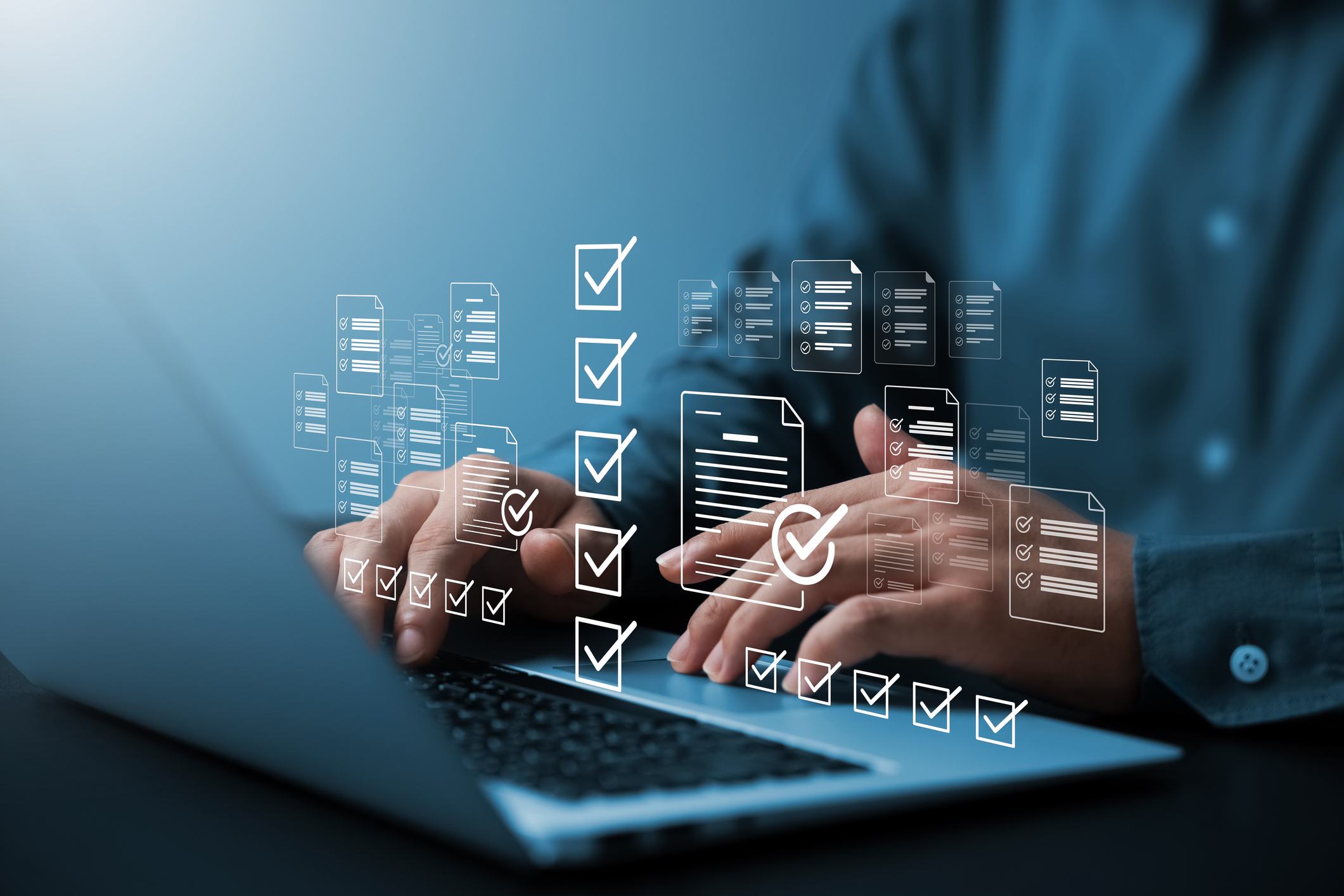What is Source to Pay (S2P)? Everything You Need to Know
“End-to-end process” and “end-to-end solution” may be one of the most overworked phrases in business and IT. Yet in the case of source to pay, it is wholly justified. The term refers to the entire journey—from finding suppliers and negotiating contracts to finalizing agreements and making the final payment for goods. And if your organization is big enough to need a Chief Procurement Officer, that person is directly or indirectly responsible for every stage of that journey.
That said, many organizations, including large enterprises, may not think in terms of source to pay as an end-to-end process, if they think about it at all. Yet there are good reasons to do so. Rather than treat procurement as a series of disparate tasks, global organizations in all sectors implement efficiency across the source-to-pay journey. Big data and digital technologies support the aggregation of purchases across business units to improve performance, provide better spend analysis, and drive business value.
Source to Pay vs Procure to Pay: Breaking Down the Differences
You are probably at least familiar with the term procure to pay, or P2P. The difference from S2P is that P2P refers specifically to the “downstream” sequence of tasks from requisitioning goods from the vendor and the issuing of purchase orders through to accounts payable paying the vendor. But before this can happen someone has to identify suitable vendors to secure goods and services at the best value (not necessarily the lowest price) within a variety of constraints (risk management, ESG and regulatory factors etc.).
Strategic sourcing becomes part of the process and ensures that the best vendors are selected, and that favorable deals are negotiated with them. This sequence of tasks is sometimes referred to as source to contract, and they form the “upstream” elements in S2P. Although the terms may seem cumbersome, for senior management and company directors they provide a useful shorthand. Leaders are enabled to take a holistic view of activities that are of vital importance to any organization, and in particular organizations in sectors that rely on buying direct goods and materials that are used in the production process (e.g. manufacturing and process industries) or the delivery of services (e.g. the public sector).
From Sourcing to Payment: Step-by-Step
There are eight essential steps that lay the foundation for building a streamlined, efficient process that drives value for your organization while ensuring alignment with broader business goals. Each stage contributes to a more strategic approach to procurement:
Spend management: Despite the title, source to pay cannot really start with sourcing. Or rather, it should not, in a data-driven environment. Best-in-class organizations achieve excellent insight into their spending trends to act on inefficiencies and capture savings opportunities while ensuring compliance with internal, national, international regulations and minimizing the risks of supply chain disruptions. In this way, the procurement function becomes a strategic business partner that not only contains costs but delivers true value and even helps to generate revenue.
Category management: Whereas spend management aims to depict the entire landscape, category management fills in the detail for each major spend category. Category management segments your expenditure into areas which contain similar or related products. This of course varies significantly, depending on the sector and business. The aim is to set out priorities for engaging new and more efficient suppliers in alignment with the organization’s wider goals.
Strategic sourcing: The word “strategic” is added for good reason. Identifying the right suppliers who deliver optimum value must consider many factors, and cost is just one. This cannot be achieved without advanced technologies: strategic sourcing involves assessing and comparing multiple scenarios to make intelligent award decisions. Reliability, geographical proximity, financial stability, ESG performance and many other considerations have become factors. Getting things right at this point will pay handsome dividends when it comes to downstream processes.
Contract management: Now that you’ve identified the optimum combination of direct and indirect suppliers you face the task of negotiating contracts and then monitoring and ensuring adherence. This is where procurement and legal teams work become optimized by technology. With the sheer volume of contracts in large and even medium-sized enterprises, deploying AI technology to automatically scan and alert for risky clauses, for example, maximizes contract management efficiencies.
Now we move to the downstream P2P activities where sourcing efforts translate into execution, ensuring seamless procurement and payment processes that support strategic goals.
eProcurement: Purchasing departments and individual users want an efficient and modern online shopping experience with the ability to view and compare items seamlessly. At the same time, the organization wants to create a guided shopping environment that supports automatic reordering based on contracts and promotes preferred suppliers and internal inventory to maximize value for money and compliance.
Supply chain collaboration: You identified key suppliers in the strategic sourcing activities. Now get the best out of them by working together across a range of tasks including collaborative R&D, logistics, quality control, sustainability, and resilience. This is especially important in times of unforeseen disruptions to supply chains. A comprehensive S2P solution includes tools to set, measure, and monitor supplier performance.
Invoicing: Although essentially transactional in nature, handling invoices can absorb a lot of a buying organization’s time in matching invoices to purchase orders, checking conformance with the terms of payment and more. Further complications arise with the eInvoicing requirements in various tax jurisdictions. Fortunately, modern invoicing solutions leverage Artificial Intelligence to automate most invoicing, with manual involvement only required by exception.
Payments: Finally, your suppliers expect to be paid! Historically this has involved a lot of manual effort. Today you can create payments from approved invoices for processing with your organization’s preferred payment solutions. With today’s software you can also automate accounting entries and payment reconciliation through ERP integrations, providing intelligence on cash flow and cash flow management to finance teams.
How a Source-to-Pay Platform Redefines Efficiency
As you integrate the eight steps of a strategic procurement plan in a single integrated end-to-end solution, the benefits multiply. These benefits include:
- Higher savings through increased visibility into budgeted and actual spend
- The integration of key processes into a single platform for maximum efficiency and the elimination of doubt and disagreement among decision-makers
- Stronger procedural, regulatory, and contractual compliance
- Improved collaboration and trust between buyers and vendors
- Avoidance and/or mitigation of supply chain disruptions
- The negotiation of better terms with supplier
- More accurate forecasting
- The securing of negotiated terms
- Scope for continuous improvement of contracts
Tech Revolutionizing the Source-to-Pay Journey
Source to pay is an end-to-end process with many interlinking phases or sub-processes. Until recently, each of these has been addressed by partial or “point” solutions, which may be very good at addressing specific tasks. However, the lack of integration means that synergies and efficiencies are inevitably lost. JAGGAER One has been focused on presenting the market with a fully integrated source-to-pay solution that is held together with orchestration software and supported across the whole spectrum by supplier intelligence, i.e. internal information about suppliers supplemented by third-party data feeds.
Optimizing Source-to-Pay for Maximum Impact
Although there are many advantages to a source-to-pay solution, organizations both large and small will struggle to implement it with one “big bang” project. It is far better to create a vision for the future and then break things down into a series of phases, introducing and fully testing one module at a time. Start by identifying where the most pressing need is, and where immediate gains will be significant. Is your focus on direct materials and components or indirect procurement? By setting out milestones and focusing on the low-hanging fruit first to demonstrate a return on investment, you will secure support for further investments to complete the digital transformation and streamlining of source to pay.
The Future of Source to Pay
Whether you are just starting your source-to-pay journey or have already made progress, working with a consultant and technology vendor provides your organization with a strategic partner for the long term. New technologies, and artificial intelligence in particular, will transform the source-to-pay solutions landscape, delivering continuous improvement. Your focus will be increasingly on the strategic rather than the transactional elements of S2P as routine, manual tasks are automated with robotic process automation and decision-making is supported by machine learning.




